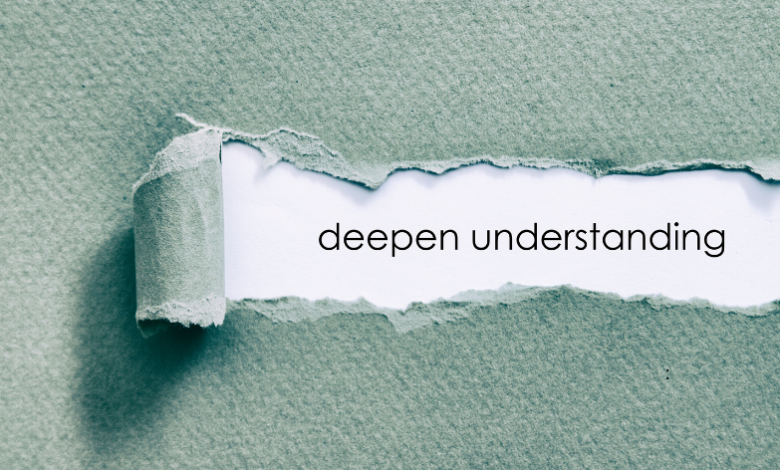Understanding Preklladač: A Comprehensive Guide

In this article, we delve into the intricate world of Preklladač, exploring its nuances, significance, and impact on various domains. Preklladač, a term often unfamiliar to many, holds profound importance in multiple sectors, ranging from technology to health. Let’s embark on a journey to unravel its mysteries and unveil its significance.
What is Preklladač?
Preklladač, originating from the Slovenian language, translates to “translator” in English. However, its implications extend far beyond mere linguistic translation. It encompasses a broader spectrum of interpretation, adaptation, and conversion across diverse contexts.
Types and Categories
Language Translation
At its core, Preklladač primarily revolves around language translation, bridging communication gaps between individuals speaking different languages. It includes written and verbal translations, ensuring effective communication in various settings.
Technical Translation
In the realm of technology, Preklladač plays a pivotal role in translating technical documents, software interfaces, and manuals. It facilitates the global dissemination of technological advancements by ensuring accessibility across linguistic barriers.
Cultural Adaptation
Beyond literal translation, Preklladač involves cultural adaptation, wherein content is tailored to resonate with specific cultural nuances and preferences. This ensures that messages are not only understood but also culturally relevant and impactful.
Symptoms and Signs
Miscommunication
One of the primary symptoms necessitating the intervention of Preklladač is miscommunication, arising from linguistic disparities. This can lead to misunderstandings, errors, and inefficiencies in various spheres, highlighting the critical need for effective translation.
Cultural Misinterpretation
Inadequate cultural adaptation can result in cultural misinterpretation, wherein messages may be misconstrued or deemed insensitive due to cultural differences. Preklladač addresses this challenge by incorporating cultural insights into the translation process.
Causes and Risk Factors
Language Diversity
The diverse linguistic landscape globally poses a significant challenge for effective communication. The proliferation of multiple languages necessitates the need for proficient translators capable of bridging linguistic divides.
Globalization
The process of globalization has intensified the demand for translation services, as businesses and individuals seek to expand their reach across international markets. This globalization-driven demand underscores the importance of Preklladač in facilitating cross-cultural communication.
Diagnosis and Tests
Language Proficiency
Assessing language proficiency is a crucial aspect of the translation process. Translators must possess a deep understanding of both the source and target languages, along with cultural nuances, to ensure accurate and contextually relevant translations.
Quality Assurance
Quality assurance measures are imperative to uphold the integrity and accuracy of translations. This involves meticulous proofreading, editing, and validation processes to identify and rectify any errors or inconsistencies.
Treatment Options
Professional Translation Services
Seeking the expertise of professional translation services is often the most effective treatment option for addressing translation needs comprehensively. These services employ skilled linguists and subject matter experts to deliver accurate and culturally relevant translations.
Technology-Assisted Translation
Advancements in technology have given rise to technology-assisted translation tools, such as computer-assisted translation (CAT) software and machine translation algorithms. While these tools can enhance efficiency, human oversight remains crucial to ensure quality and accuracy.
Preventive Measures
Cultural Sensitivity Training
Providing cultural sensitivity training to translators and language professionals can mitigate the risk of cultural misinterpretation. By fostering awareness and understanding of cultural nuances, translators can deliver more culturally resonant translations.
Continuous Professional Development
Continual learning and development are essential for translators to stay abreast of evolving language trends, terminology, and cultural shifts. Engaging in professional development activities ensures that translators maintain the highest standards of proficiency and relevance.
Personal Stories or Case Studies
The Impact of Effective Translation
Real-life anecdotes and case studies illustrate the profound impact of effective translation on individuals, businesses, and societies. These stories highlight the transformative power of Preklladač in facilitating cross-cultural understanding and collaboration.
Overcoming Language Barriers
Personal narratives recounting experiences of overcoming language barriers underscore the importance of proficient translation services. From facilitating international business negotiations to enabling meaningful cross-cultural exchanges, Preklladač serves as a catalyst for connection and understanding.
Expert Insights
Perspectives from Translation Experts
Insights from translation experts shed light on the nuances and challenges inherent in the field of Preklladač. These experts offer valuable perspectives on best practices, emerging trends, and the evolving role of technology in translation.
The Future of Translation
Experts weigh in on the future of translation, envisioning a landscape shaped by technological advancements, evolving language dynamics, and shifting global trends. Their insights provide valuable foresight into the direction of the translation industry.
Conclusion
In conclusion, Preklladač emerges as a multifaceted discipline encompassing language translation, cultural adaptation, and cross-cultural communication. Its significance extends beyond mere linguistic conversion, serving as a bridge that fosters understanding, collaboration, and connectivity in an increasingly globalized world.



